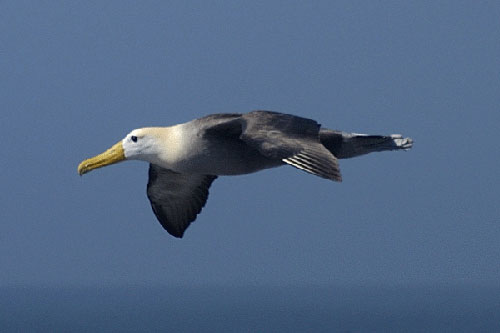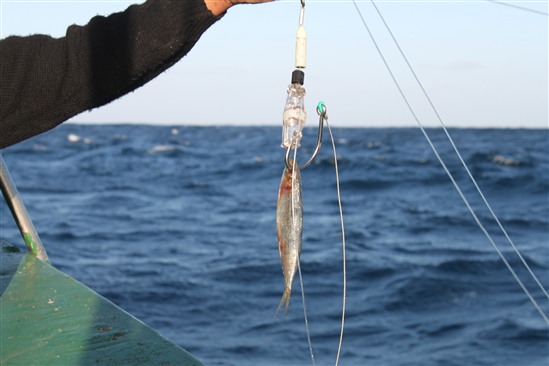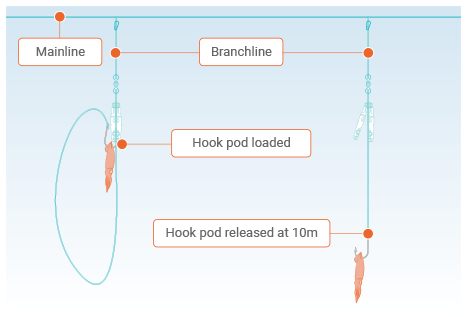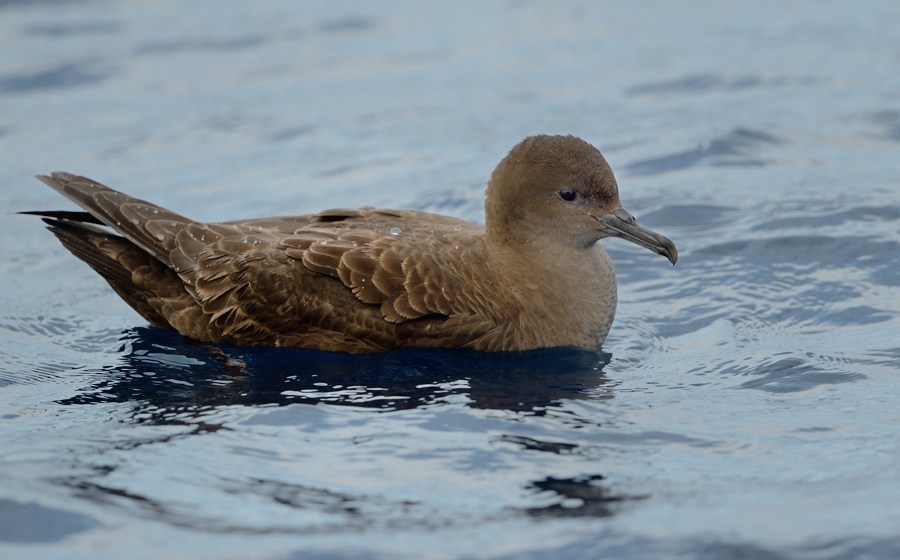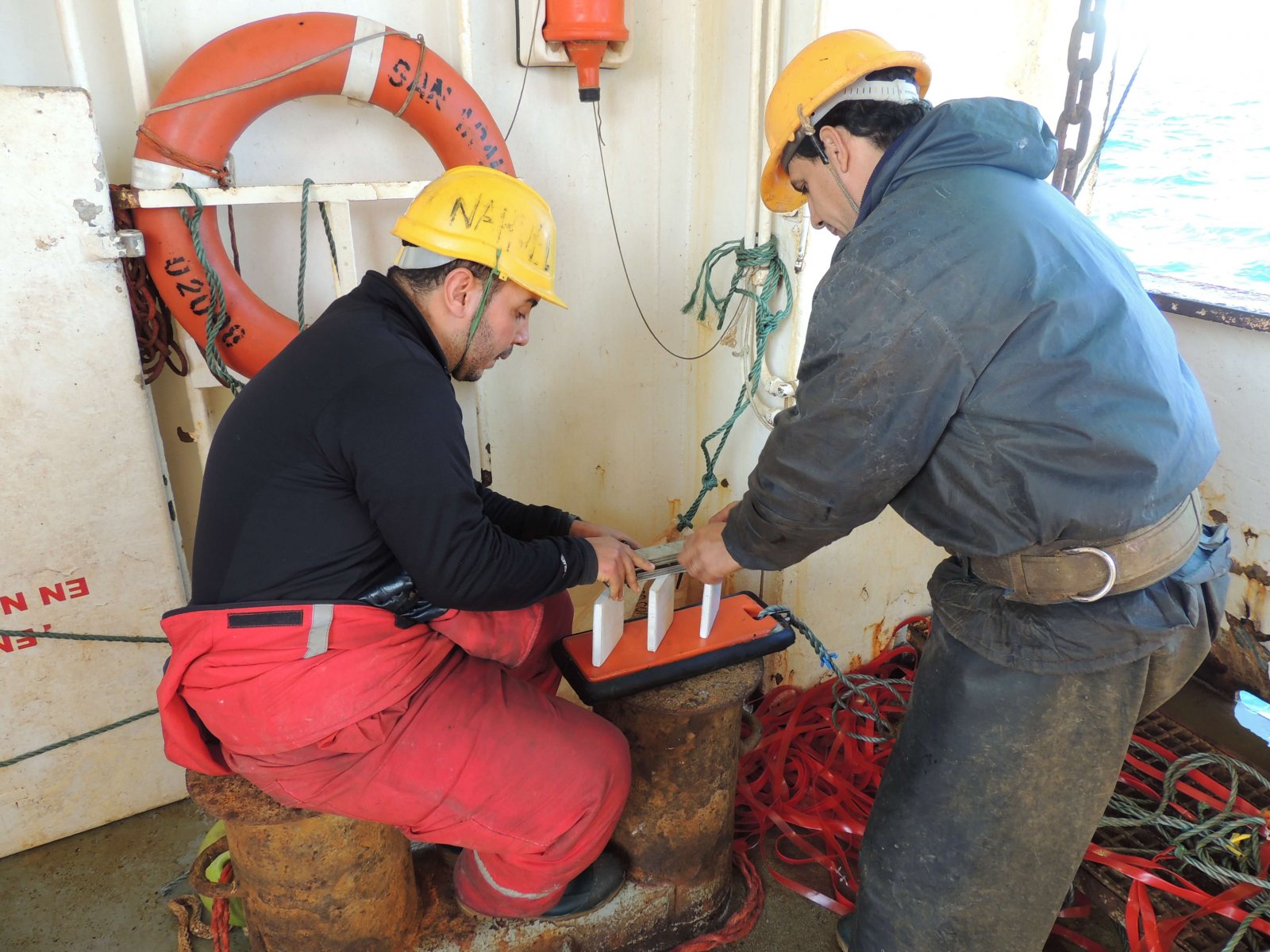Grant Humphries (Black Bawks Data Science Ltd., Fort Augustus, Scotland, U.K.) has authored a chapter in a book entitled Machine Learning for Ecology and Sustainable Natural Resource Management that he has co-edited that considers the relationship between the globally Near Threatened Sooty Shearwater Ardenna grisea and climatic conditions.
The chapter’s abstract follows:
“Previous work has shown that sooty shearwater (Puffinus griseus [sic]) harvest data are able to predict shifts in the Southern Oscillation Index (SOI) by approximately 4–14 months. In this study, the mechanisms of this relationship are examined. The oceanographic regions in our study area that best explain variation in SOI from 1 to 12 months after peak shearwater chick size were Southeast of New Zealand along the Polar and sub-Antarctic fronts and in the southern regions of the sub-Antarctic water zone. Spearman correlations of oceanographic parameters show that within the sub-Antarctic water and core foraging areas of sooty shearwaters, positive significant relationships exist between SOI and wind speed, significant wave height charnock parameter, and chick size. A model that combined the significant parameters from both offshore regions and the nearshore foraging area of sooty shearwaters, had a Pearson’s correlation of r > 0.8 for SOI values from 0 to 14 months after peak chick size. A combination of parameters and regions best explain the variation in the SOI data, however the most important variables are those that represent general turbulence in the sub-Antarctic water and Polar front regions (i.e., wind speed, and significant wave height). Using seabirds as an indicator of upcoming climate events could lead modelers to regions of importance for the formation of El Niño events, and highlights the importance of integrating ecological signals into climate models.”
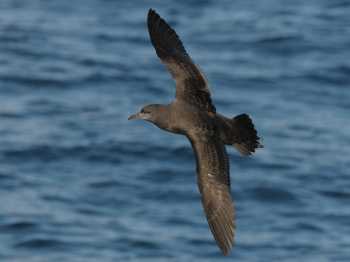
Sooty Shearwater at sea, photograph by John Graham
Reference:
Humphries, G.R.W. 2018. Breaking away from ‘traditional’ uses of machine learning: a case study linking Sooty Shearwaters (Ardenna griseus [sic]) and upcoming changes in the Southern Oscillation Index. In: Humphries, G.R.W., Magness, D.R. & Huettmann, F. (Eds). Machine Learning for Ecology and Sustainable Natural Resource Management. Cham, Switzerland: Springer Nature. pp. 263-283.
John Cooper, ACAP Information Officer, 16 November 2018

 English
English  Français
Français  Español
Español 